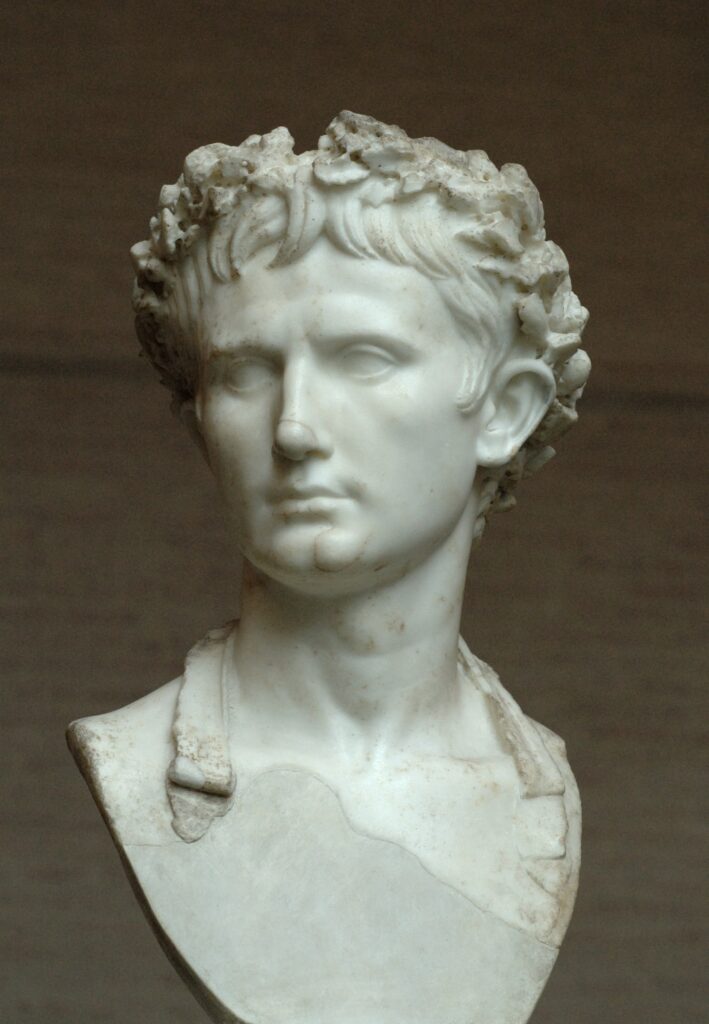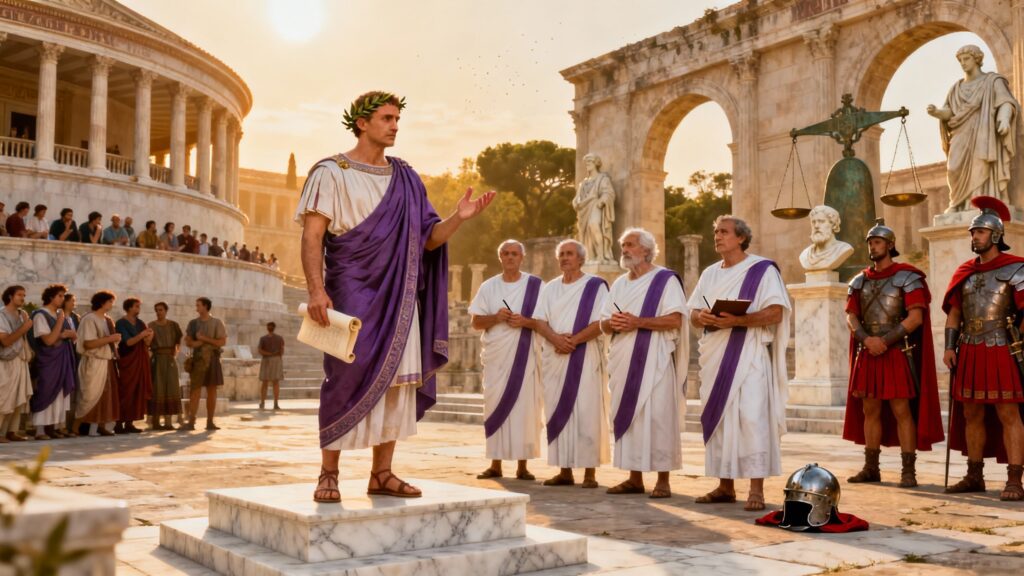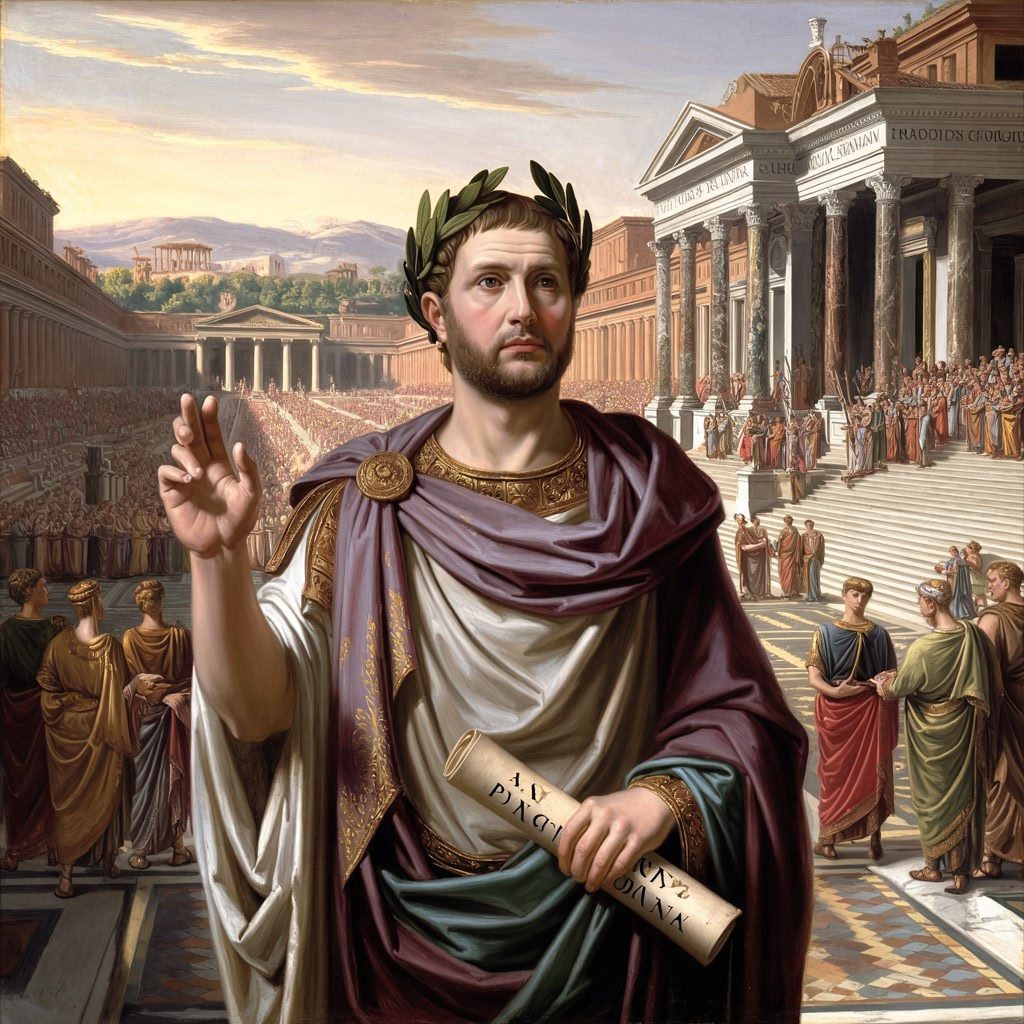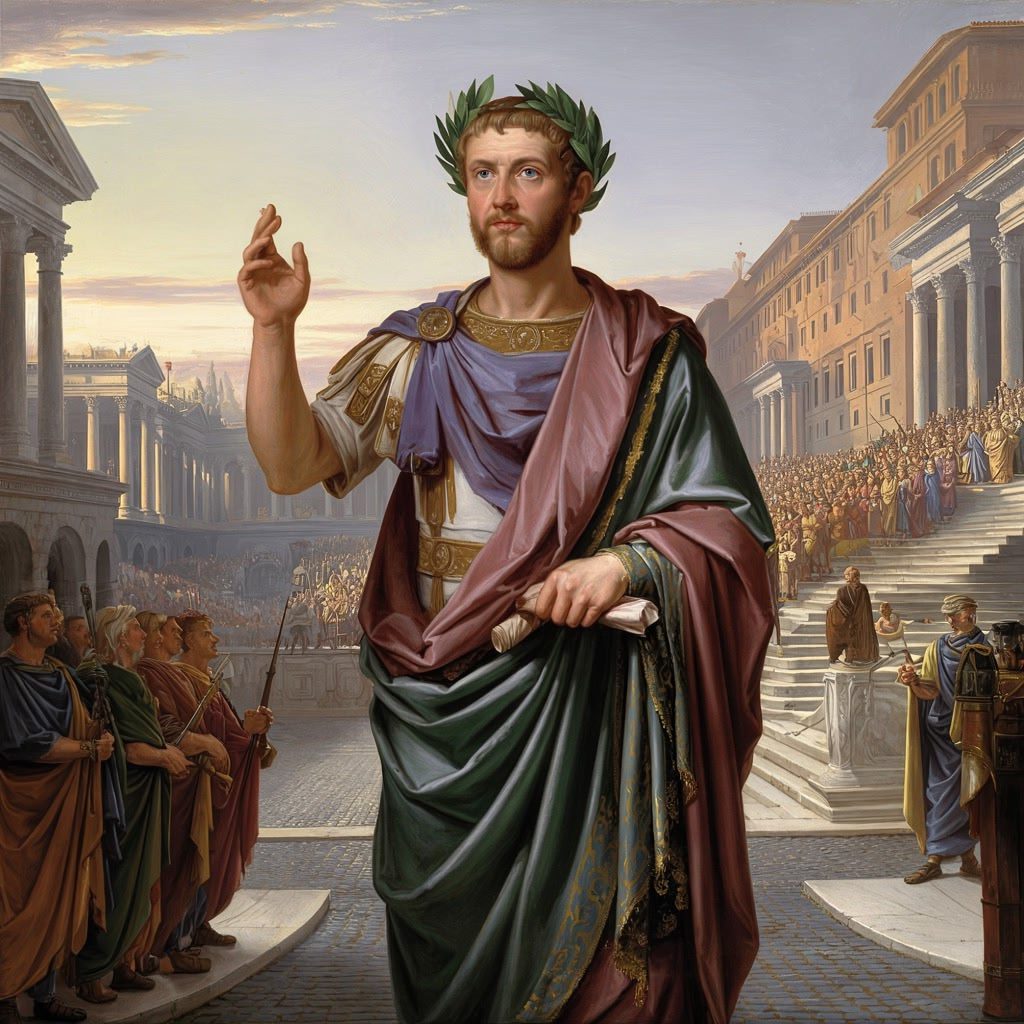The transition from Republic to Empire under Augustus demanded a careful balancing act. How did the princeps maintain imperial authority while preserving the illusion of republican governance?

In 27 BC, Rome witnessed the dawn of a new political epoch as Octavian, later Augustus, assumed the title Princeps, meaning “first citizen.” This title marked the foundation of the Principate, a regime that cloaked monarchical power beneath Republican traditions, crafting a political order where autocracy met the persona of equality and collective governance. The emergence of the princeps embodied a sophisticated political strategy—preserving the appearance of senatorial and popular rule while centralizing authority in the hands of one man. This article unpacks the multifaceted role of the princeps, tracing its genesis, documented practice, underlying causes, contested interpretations, and enduring legacies. It asks: How did the princeps navigate the contradictions of imperial power framed within Republican legitimacy, and what consequences did this balancing act have for Rome’s political culture?
Rome had been a Republic for nearly five centuries, a system founded on the principle that power emanated from the Senate and people (SPQR). However, decades of civil war and political instability culminated in Octavian’s rise. Adopting the title Princeps Senatus, “first among the senators,” Octavian sought to assert dominance without overtly abandoning republican ideals, fearful of the backlash that Julius Caesar’s overt monarchy had provoked. In 27 BC, he famously declared “the Republic restored” (res publica restituta), presenting himself as a humble servant of traditional values while holding extraordinary powers. He accumulated the consulship, tribunician power, censorial duties, and the role of pontifex maximus, maintaining Republican offices as veils for his comprehensive control. This synthesis of novus status (new order) with res publica tradition laid the foundation of the Principate, an innovative political structure balancing continuity and revolution.

The Princeps in Action
The princeps exercised ultimate authority discreetly, relying on auctoritas—moral influence and prestige—rather than overt legislative command. Though the Senate and magistracies persisted, Augustus carefully orchestrated their roles so that real power remained centralized. The princeps controlled the military directly through extraordinary commands and legions’ loyalty, enabled patronage networks through vast wealth, and influenced appointments, effectively managing threats and interests within the Senate and provinces. Propaganda portrayed him as clemency personified, a just military leader, and ‘father of the country’ (Pater Patriae), required to embody virtue while orchestrating Rome’s destiny. Yet, Augustus portrayed himself as reluctant to power, repeatedly refusing titles like dictator or king to sustain republican legitimacy. This delicate equilibrium was a political performance: the princeps was first among equals, yet supreme in power—balancing autocracy with republican façades.

Analysis and Causality
This careful balancing arose from crucial historical necessities. Post-civil war Rome demanded stability without triggering elite resentment or popular revolt. The princeps role was a political innovation to harmonize tradition and reform, enabling a monopoly of power within familiar forms. Augustus’s genius was co-opting republican institutions to justify unprecedented personal rule, harnessing legal offices and religious honors while assuming personal control of the army and governance. His ability to project auctoritas made the principate a constitutional fiction with practical absolutism. The articulation of princeps authority was also a response to Roman political culture: outright monarchy was unacceptable, yet anarchy was intolerable. Through social rituals, title usage, and public imagery, the princeps became a paternal figure mediating Rome’s historical legacy and future. Thus, the principate constituted an ideological and administrative hybrid designed to maintain legitimacy whilst securing sought-after peace and order.

Historiographical Debate
Scholars have long debated whether the princeps system was essentially a disguised monarchy or a genuine continuation of republican ideals. Edward Gibbon famously described it as “absolute monarchy disguised by the forms of a commonwealth.” Some historians view the principate as a masterful political theater that manipulated public opinion, while others argue that Augustus preserved real republican elements sufficiently to claim a new constitutional synthesis. The gradual erosion of the Senate’s power under later emperors complicates this narrative, suggesting the princeps role evolved from cooperative leadership to outright autocrat. Moreover, the emphasis on auctoritas and moral legitimacy raises questions about how Rome’s political culture adapted to change. Recent historiography stresses the need to see the principate as dynamic: at times emphasizing consensus and tradition, at others, exercising unambiguous imperial power behind republican veneers.
Consequences and Legacy
The principate established the enduring form of Roman imperial government, influencing imperial structures for centuries. By institutionalizing power within republican frameworks, it preserved political stability and legitimized hereditary succession despite the republic’s formal abolition. Its legacy shaped imperial ideology, administration, and military control, with the princeps as symbolic and practical head of state. This balance delayed the overt transformation into dominus-style monarchy seen in later emperors, maintaining complex interactions between Senate, people, and emperor. The principate model’s blending of tradition with innovation remained a paradigm for imperial governance, extending beyond Rome into later European political thought about authority and sovereignty.

Conclusion
The role of the princeps exemplifies an extraordinary political adaptation—merging republican traditions with imperial authority to resolve Rome’s crisis of governance after civil war. Augustus’s principate masked autocracy under the guise of restored Republic, fostering a stable regime that lasted centuries. This balancing act shaped the nature of imperial power, creating a legacy of subtle political performance, ideological sophistication, and pragmatic governance. Understanding the princeps helps us grasp how Rome navigated the tension between continuity and change, tradition and innovation, equality and supreme authority—a paradox at the heart of Rome’s transition from Republic to Empire.
Republican Traditions: Key Features
- Res Publica: Roman Republic governance by Senate and elected magistrates (509–27 BC).
- Princeps Senatus: “First among senators,” held precedence in debates but no absolute power.
- SPQR: The motto “Senatus Populusque Romanus” symbolized shared rule by Senate and People.
- Republican Offices: Consulship, tribunes, censor, and pontifex maximus as pillars of authority.
- Republic Restored: Augustus’s political rhetoric emphasizing continuity despite reforms.
Historiographical Debate Highlights
- Gibbon: Principate as disguised monarchy.
- Revisionists: Principate as constitutional and collaborative regime.
- Evolution over time: From Augustus’s cautious leadership to later emperors’ absolutism.
- Role of ideology: Auctoritas and propaganda in legitimizing rule.
- Senate’s changing power: From sovereign body to imperial rubber stamp.

Credits / Sources
This article draws on a variety of classical and contemporary scholarship on Roman political history, including primary sources such as Augustus’s Res Gestae Divi Augusti and analyses from historians specializing in the Principate’s constitutional and ideological dimensions. Key references include modern academic works on Roman imperial governance, Augustus’s reforms, and historiographical interpretations of late Republican and early Imperial politics. All content carefully avoids anachronism and strives for precise historical nuance.

